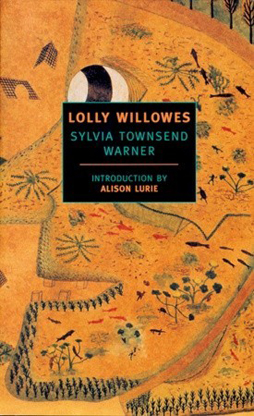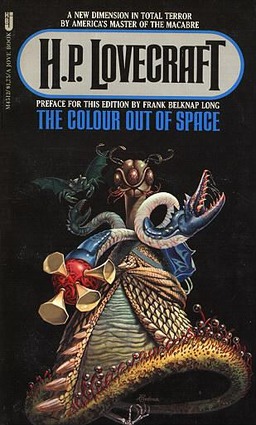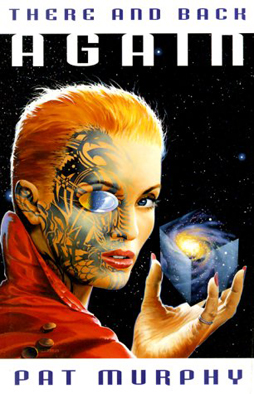Blogging Sax Rohmer… In the Beginning, Part Two

 “The Green Spider” marked Sax Rohmer’s third foray into short fiction. Still writing under the pen name of A. Sarsfield Ward, the story first appeared in the October 1904 issue of Pearson’s Magazine. It was not reprinted until 65 years later in Issue #3 of The Rohmer Review in 1969. Subsequently, a corrupted version, with an altered ending courtesy of the editor, appeared in the May 1973 issue of Mike Shayne Mystery Magazine. The restored text was included in the 1979 anthology, Science Fiction Rivals of H. G. Wells. More recently, the story has appeared in the 1992 anthology, Victorian Tales of Mystery and Detection, the September 2005 issue of Alfred Hitchcock Mystery Magazine, and as the title story in the first volume of Black Dog Books’ Sax Rohmer Library, The Green Spider and Other Forgotten Tales of Mystery and Suspense (2011).
“The Green Spider” marked Sax Rohmer’s third foray into short fiction. Still writing under the pen name of A. Sarsfield Ward, the story first appeared in the October 1904 issue of Pearson’s Magazine. It was not reprinted until 65 years later in Issue #3 of The Rohmer Review in 1969. Subsequently, a corrupted version, with an altered ending courtesy of the editor, appeared in the May 1973 issue of Mike Shayne Mystery Magazine. The restored text was included in the 1979 anthology, Science Fiction Rivals of H. G. Wells. More recently, the story has appeared in the 1992 anthology, Victorian Tales of Mystery and Detection, the September 2005 issue of Alfred Hitchcock Mystery Magazine, and as the title story in the first volume of Black Dog Books’ Sax Rohmer Library, The Green Spider and Other Forgotten Tales of Mystery and Suspense (2011).
The story itself shares in common with Rohmer’s first effort, “The Mysterious Mummy” the presentation of a seemingly supernatural mystery that has a rational explanation. In the nine months that elapsed between the publication of “The Leopard Couch” and “The Green Spider,” Rohmer honed his writing skills and became a more devoted student of Sir Arthur Conan Doyle and deductive reasoning. “The Green Spider” concerns the disappearance of the celebrated Professor Brayme-Skepley on the eve of an important scientific presentation. It appears to onlookers and Scotland Yard that the Professor has been murdered by a giant green spider that apparently made off with his corpse. The unraveling of the mystery reveals the green spider is no more authentic a threat than the phantom Hound of the Baskervilles. While a minor effort, the story retains its charm more than a century on and shows that the mysterious A. Sarsfield Ward was steadily improving as an author.

 Sylvia Townsend Warner is probably best known in fantasy circles for The Kingdoms of Elfin, her collection of linked short stories from 1977. I’ve been looking for a copy of that book, but have yet to locate one (using the Internet, I firmly feel, is cheating). But I did recently come across her debut novel, 1926’s Lolly Willowes, or the Loving Huntsman. It’s been described as a deal-with-the-devil story in which a middle-aged Englishwoman makes a Satanic pact and becomes a witch. That’s accurate, but not necessarily the best description.
Sylvia Townsend Warner is probably best known in fantasy circles for The Kingdoms of Elfin, her collection of linked short stories from 1977. I’ve been looking for a copy of that book, but have yet to locate one (using the Internet, I firmly feel, is cheating). But I did recently come across her debut novel, 1926’s Lolly Willowes, or the Loving Huntsman. It’s been described as a deal-with-the-devil story in which a middle-aged Englishwoman makes a Satanic pact and becomes a witch. That’s accurate, but not necessarily the best description.




 There was an extended period of time in the 1990s and the first decade of this century when I didn’t read much science fiction or genre fantasy. I started reacquainting myself with these fields a few years ago and I’m still in the process of learning what I missed. It’s not uncommon for me to only now find out about an author who established themselves during those years. Which brings me around to Pat Murphy.
There was an extended period of time in the 1990s and the first decade of this century when I didn’t read much science fiction or genre fantasy. I started reacquainting myself with these fields a few years ago and I’m still in the process of learning what I missed. It’s not uncommon for me to only now find out about an author who established themselves during those years. Which brings me around to Pat Murphy.